Mount Yoshino, also known as Yoshinoyama is located in Nara Prefecture (map) just a day trip from Kyoto or Osaka. This place used to be a very popular cherry blossom viewing spot for ages and if you look at the photo above, you can understand why.
The way to Mount Yoshino in Nara Mt. Yoshino is easily accessible by public transport. Just get off at Yoshino Station (~2h from Osaka/Kyoto) by Kintetsu Express or Ltd. Express. From there, it's just a short walk as you can see in the photo above. The mountain full of cherry blossom trees is right ahead. There are also cable cars and shuttle buses for those who don't want to walk, but I highly recommend walking because you can enjoy the sakura from the very beginning.
What makes Mount Yoshino so special? It is said that over 1300 years ago, the first few cherry blossom trees were planted there. Now you will find over 30,000 cherry trees of various types (mainly yamazakura) at Mount Yoshino.
Mount Yoshino is divided into 4 areas:
Shimo Senbon : 1000 plants
Naka Senbon : 1000 trees & this area has many restaurants, hotels, temples
Kami Senbon : over 1000 trees
Oku Senbon : 1000 trees inside
Along the way from one area to another, you can enjoy many World Heritage-listed temples and shrines.
Kinpusenji Temple
Kinpusenji Temple is a center of Shugendo, a mountain-worshipping religion. It combines the beliefs of Buddhism and Taoism. It's in the Shimo Senbon area, so it's still pretty close to the foot of the mountain and a 10-minute walk from the upper cable car station. So it's easy to visit this temple even if you don't have much time.
The entrance fee is 500 yen and it is open from 8:30 to 16:30 (last entry: 16:00).
The main hall of the temple, Zao-do, is 34 meters high, which is said to be the second largest wooden structure in Japan, the tallest being Nara's Todaiji Temple. Inside, you'll find a rare sight of 3 Zao-Gongen statues. They are blue in color. You've probably seen them on posters before. Unfortunately, photography is not allowed inside.
The cherry blossoms in the “Shimo Senbon” area begin to bloom around late March/early April - very similar to most trees in Western Japan. However, the higher you go, the later the plant blooms. Usually mid-April is the best time to visit, but this varies from year to year, so be sure to check before you go. Finally, you can still enjoy the cherry blossoms in late April at the top of the mountain when they last bloom. There is a cable car that will take you from the train station to the “Shimo Senbon” area, but during peak times the waiting time is long so you will walk faster and you can enjoy a lot of flowering trees beautiful cherries along the way, it's totally worth the walk - if you can.
After going up for a while, you will reach the “Naka Senbon” area, where most of the restaurants, hotels, shrines and temples are located. The town is mainly centered around Shimo and Naka Senbon.
Yoshimizu Shrine
Yoshimizu Shrine is a Shinto shrine dedicated to Emperor Go-Daigo. It is said that in the 14th century he fled Kyoto during a period of political strife.
Location of the temple: 35 minutes walk from the upper cable car station. Open from 9:00 to 17:00 with an entrance fee of 400 yen.
Inside the building there are some interesting exhibits inside the building, especially the sliding door decoration is very impressive.
Mount Yoshino is a World Heritage Site
Yoshino is not only a great cherry blossom viewing spot, but also has a rich history and was the center of worship on Mount Shugendo (as mentioned before). Yoshino is the base of the pilgrimage route to the sacred Mount Omine, Mount Yoshino has been designated a UNESCO World Cultural Heritage Site as “Sacred Sites and Pilgrimage Routes in the Kii Mountains” and with Mount Koya and Kumano.
The Yoshino Spring Festival and the "Hanakueshiki Festival" from April 10 to 12 each year, where flowers are offered to the main object of Zao-Gongen worship at Kinpusenji Temple. A parade will be held on the 11th, so you should time your visit accordingly.
Chikurin-in Temple
In the Naka Senbon area, you should definitely visit Chikurin-in Temple. It has a lovely garden called Gumpoen sculpted by the master of the tea ceremony, Sennorikyuu.
Location: About 20 minutes walk from the upper cable car station. Opening hours are from 8 a.m. to 5 p.m. with an entrance fee of 300 yen.
About a 60-minute walk from the cable car station is Hanayagura View Point, which offers panoramic views of Mount Yoshinoyama. This is a part of the Kami Senbon area that is usually a bit less crowded. You'll find some fun places for outdoor parties to enjoy hanami cherry blossoms up there.
For those of you who don't want to walk, there is a shuttle bus (only during cherry blossom season, usually late March to early May) from Yoshino Station to Naka Senbon. From there you can take a minibus to go up to Oku Senbon. Buses are not free (shuttle 360 yen, minibus 400 yen). It is not recommended to rent a car as some areas are car-free during the day.
If you go any further, you will eventually reach “Oku Senbon”. There aren't many such trees, but if you've missed the regular cherry blossom season, you can still enjoy some there as they usually bloom about a week later than other places.
The Takagiyama Observation Deck , about a 90-minute walk from the cable car station, offers the best views in the Oku Senbon area.
Kinpu . Temple
Kinpu Shrine is the highest temple on Mount Yoshino. About 2 hours walk from the upper cable car station. The main hall of the shrine is built in the nagare-zukuri style. It used to be a place of ascetic practice until the Edo period. Shugendo's actual pilgrimage path called "Okugake" begins at Kinpu Shrine. It passes through the main peaks of the Omine Mountains - Mt. Sanjogatake, Mt. Misen and Mt. Shakagatake and leads to Kumano.
Yoshino Mikumari . Shrine
After descending from Oku Senbon to Kami Senbon, you will come across Yoshino Mikumari Shrine. It is located about a 1.5 hour walk from the upper cable car station. There is no admission fee. This is a Shinto shrine dedicated to Mikumari, a Shinto goddess associated with water, fertility, and safe childbirth. Existing buildings were rebuilt by sons. by Toyotomi Hideyoshi. He once came to ask for a male successor there.
Going down Mount Yoshino at sunset
The way down from Oku Senbon (peak of the mountain) to return to the station gives you especially beautiful colors when the sun is about to set.
In town there are many options to buy food and snacks.
--------------------------------------------------- ---
Tourist information:
Opening hours: Varies for each temple/shrine.
Entrance Fee: Varies per temple/shrine.
Time needed: I recommend a full day (e.g. a day trip from Osaka/Kyoto).
Contact: (+81) 0746-32-1007
Website: http://www.yoshinoyama-sakura.jp/
By train: Take the train to Yoshino Station (Kintetsu line) from Kyoto/Osaka (~2h).
 Register
RegisterSign in Travel Agent
Sign in Supplier
Sign in Affiliate
Sign in Guru

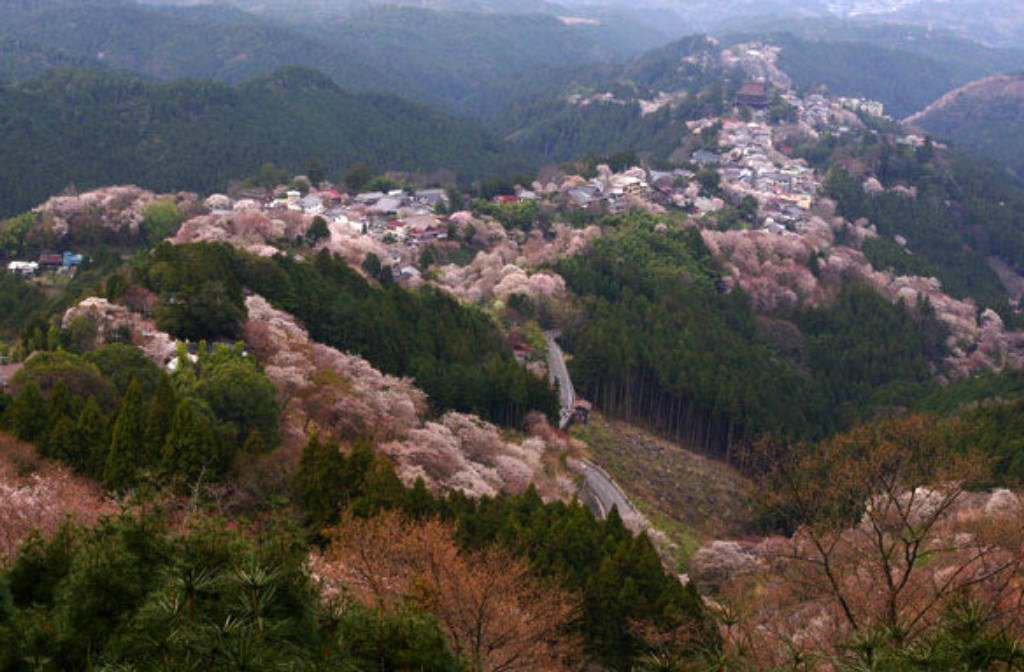
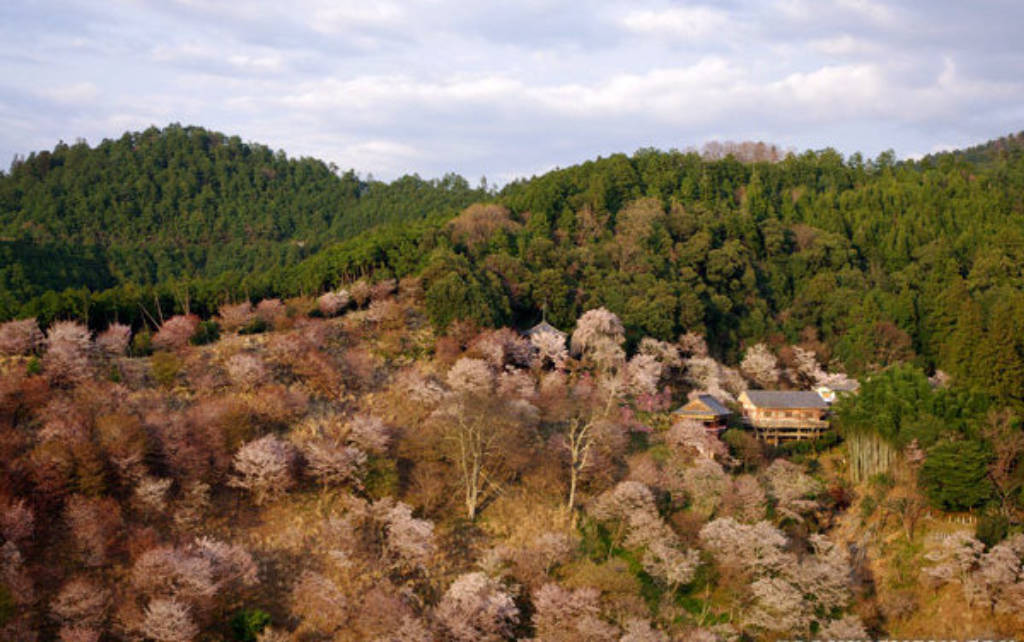
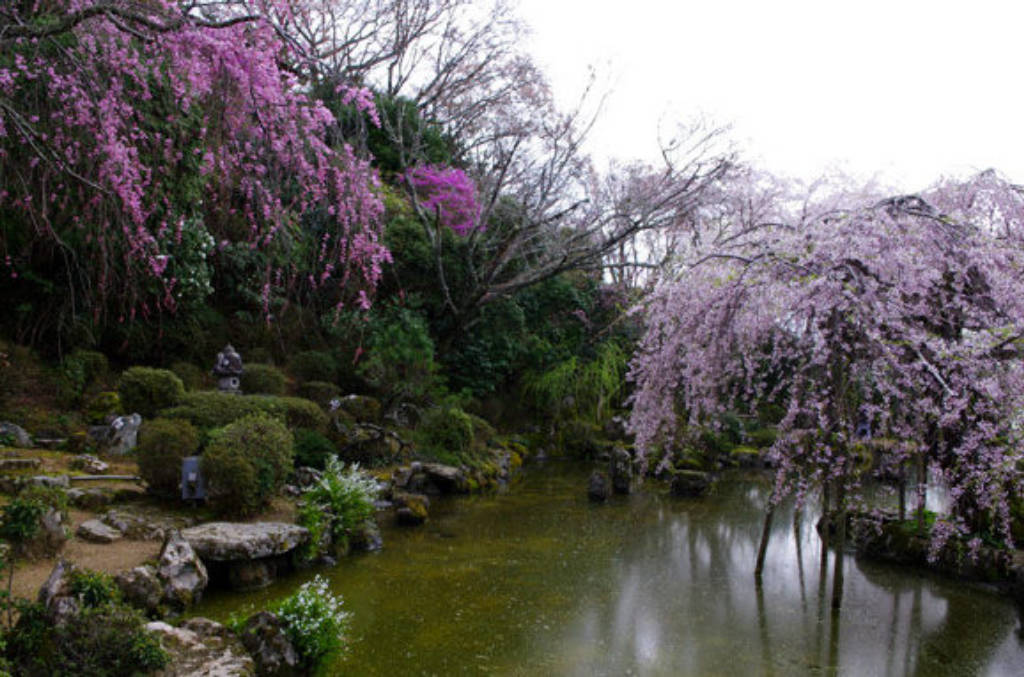
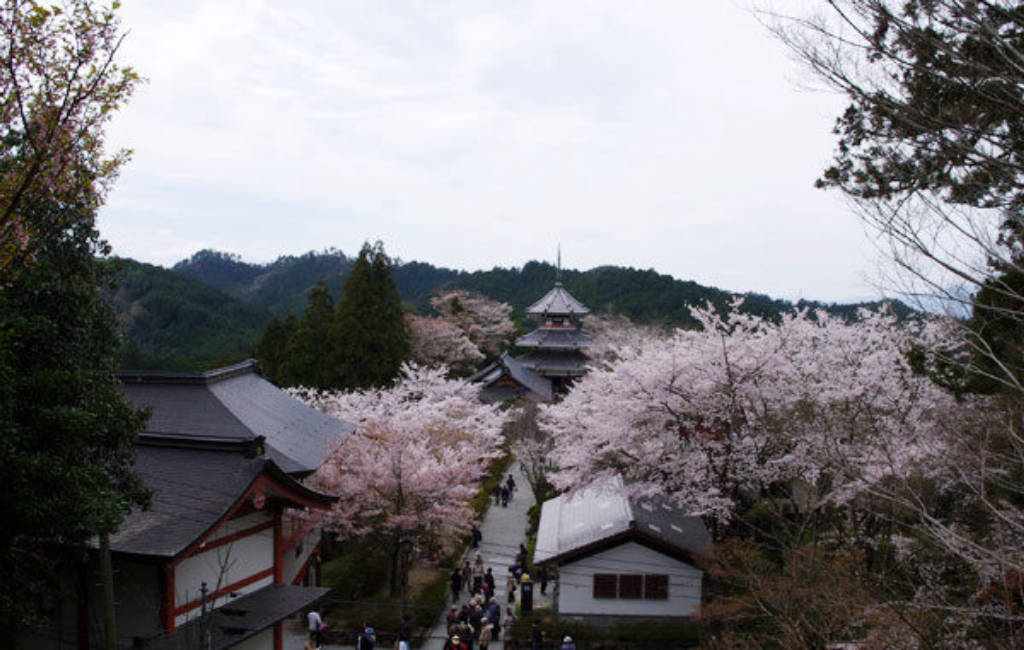
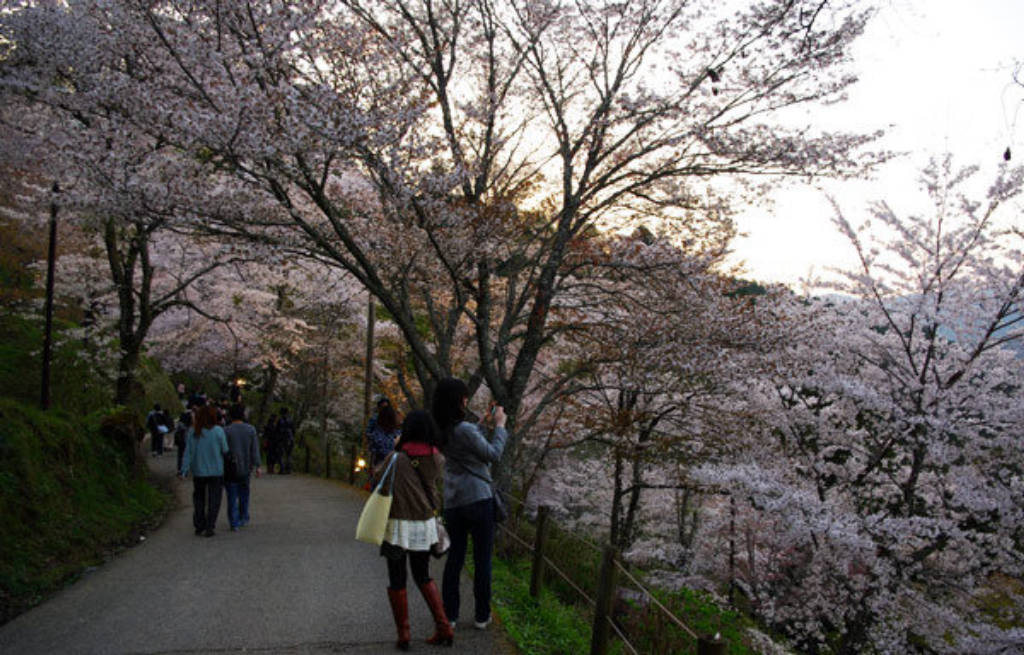
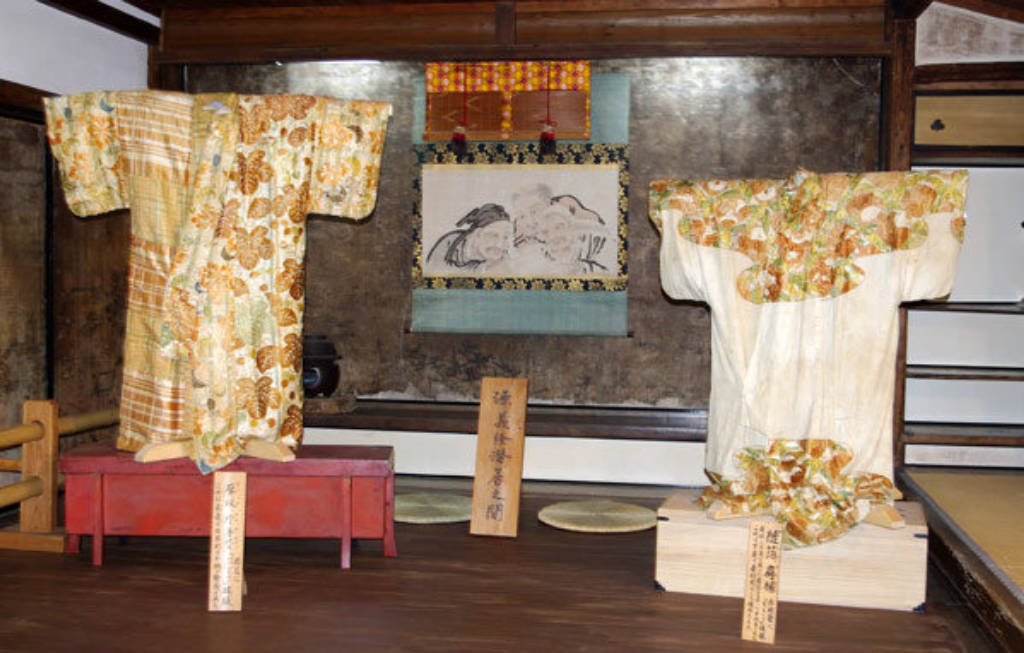
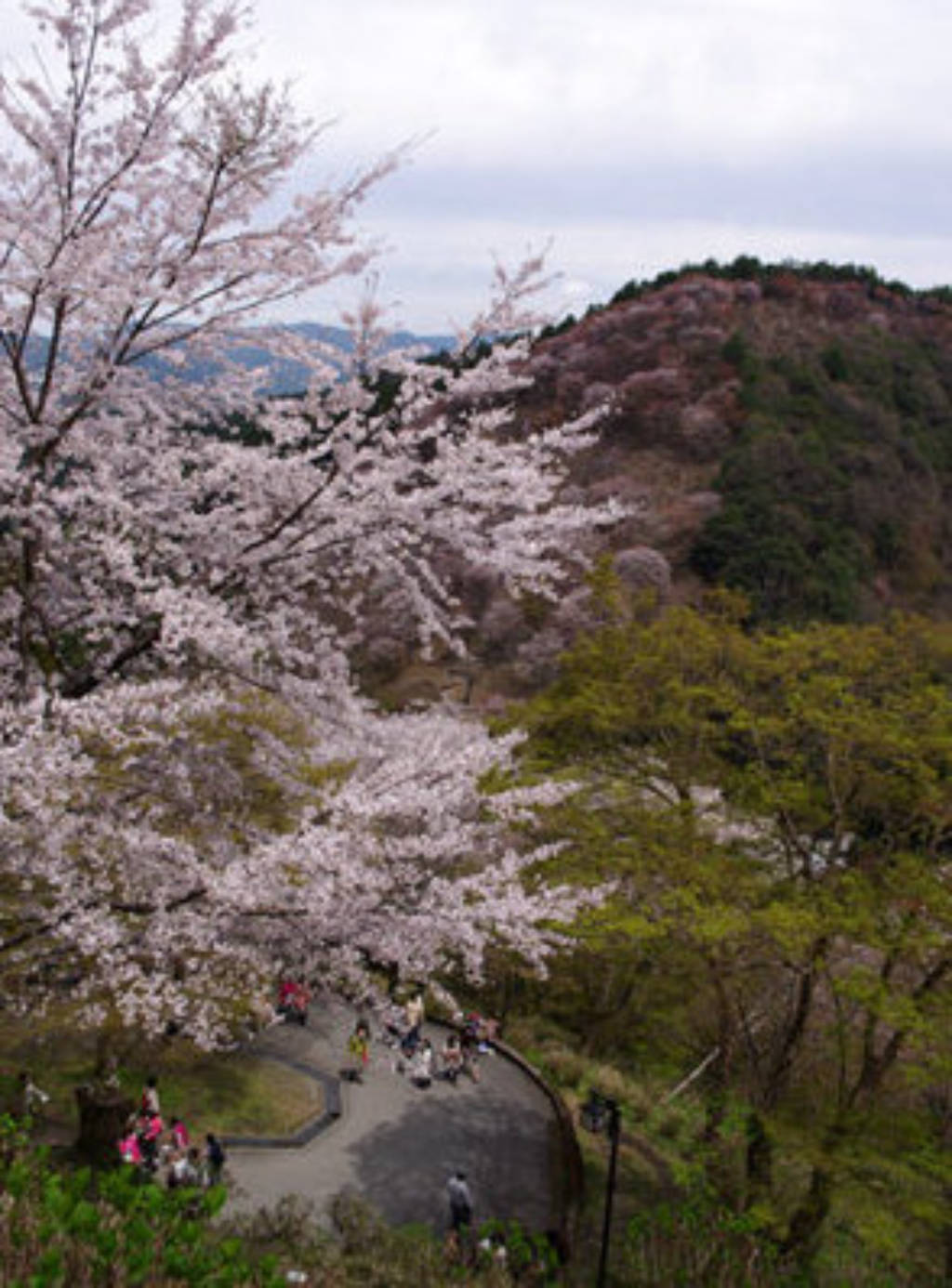

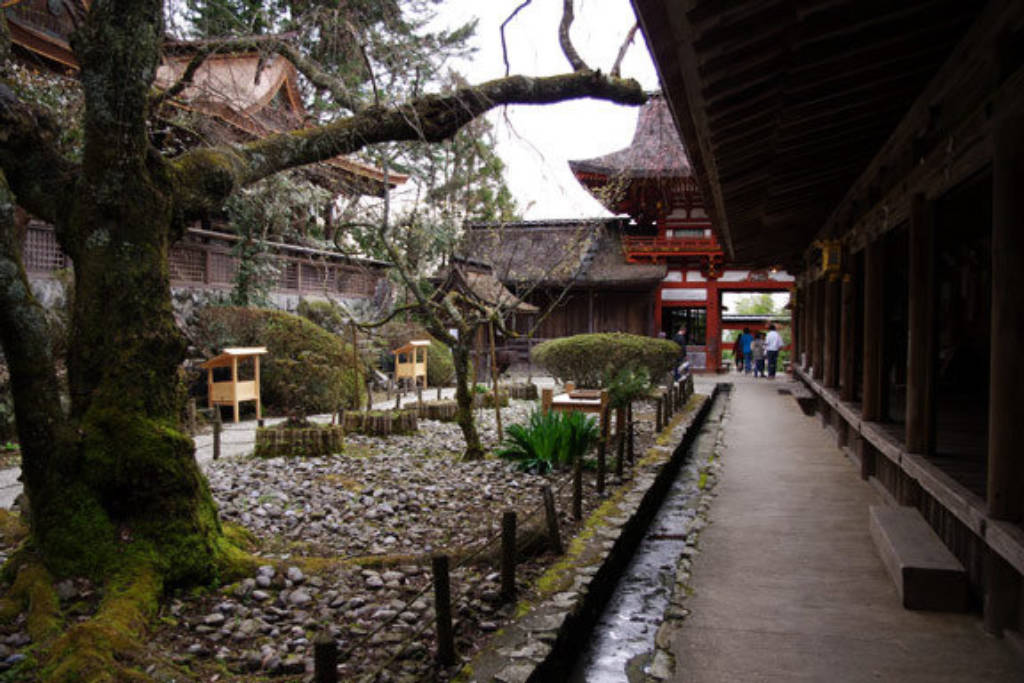









 Yoshino Mt, Nara, Japan
Yoshino Mt, Nara, Japan